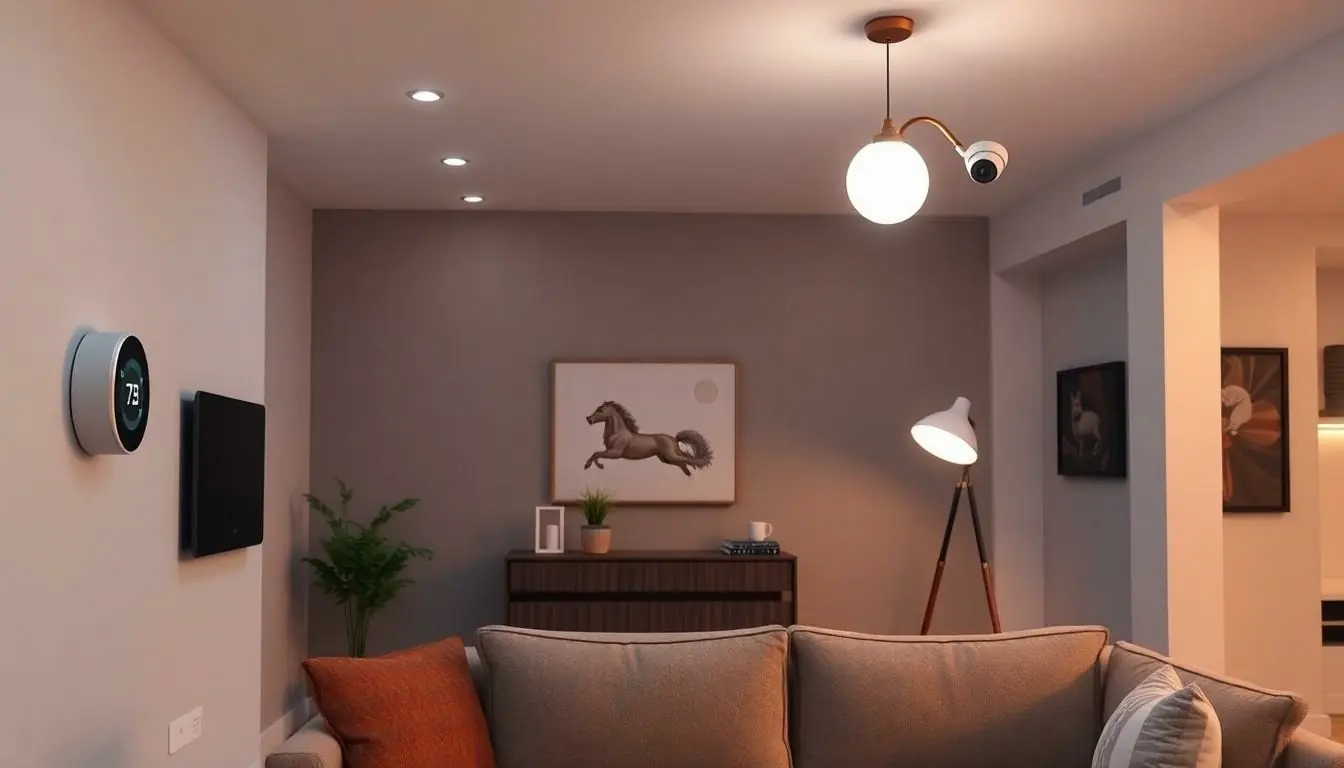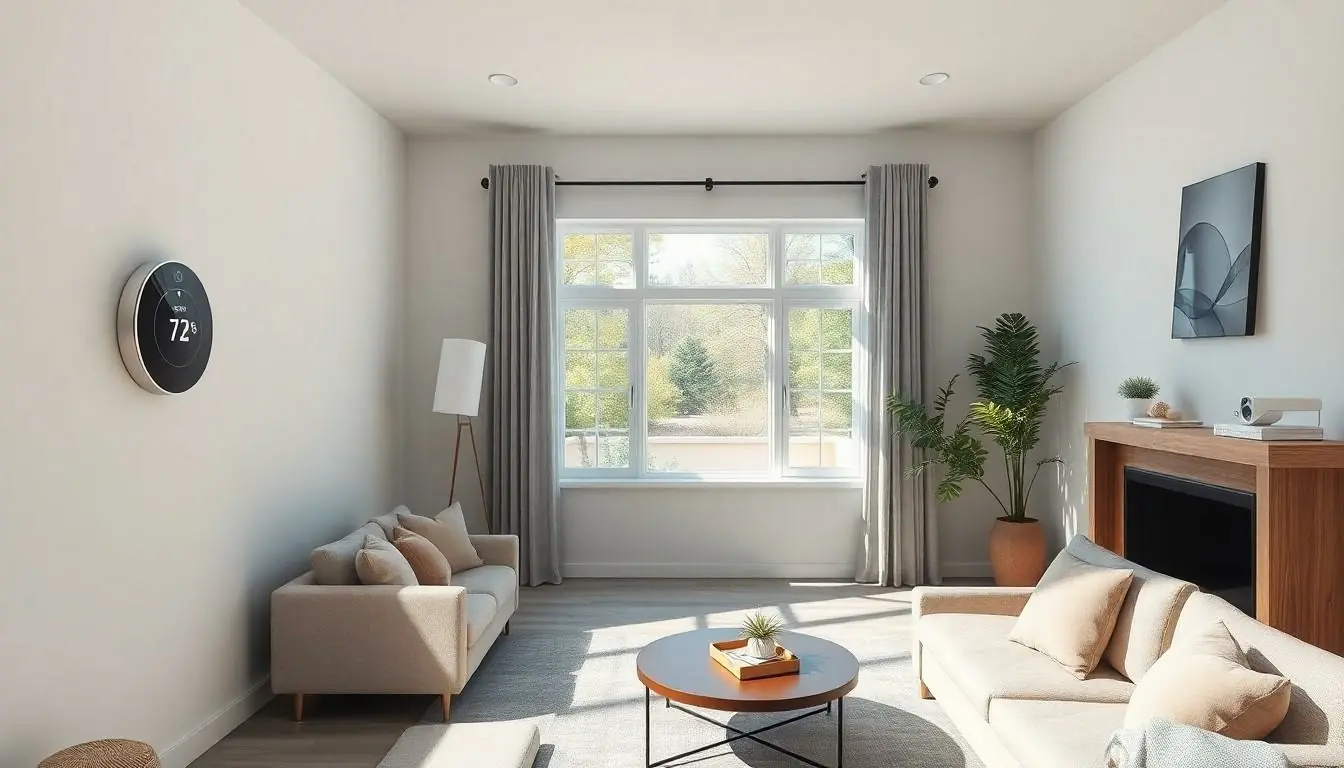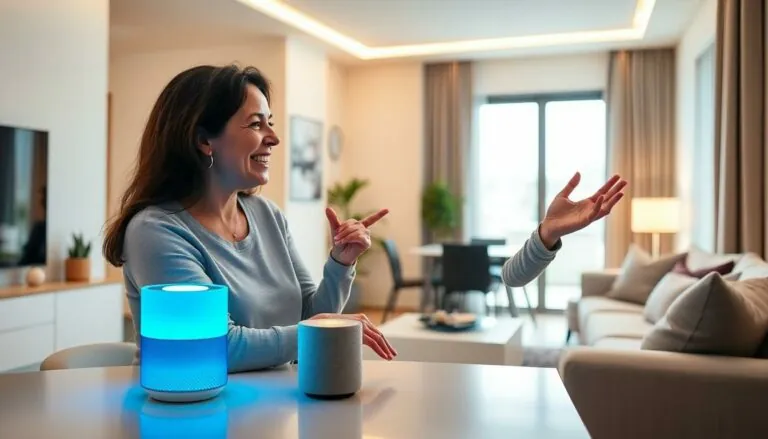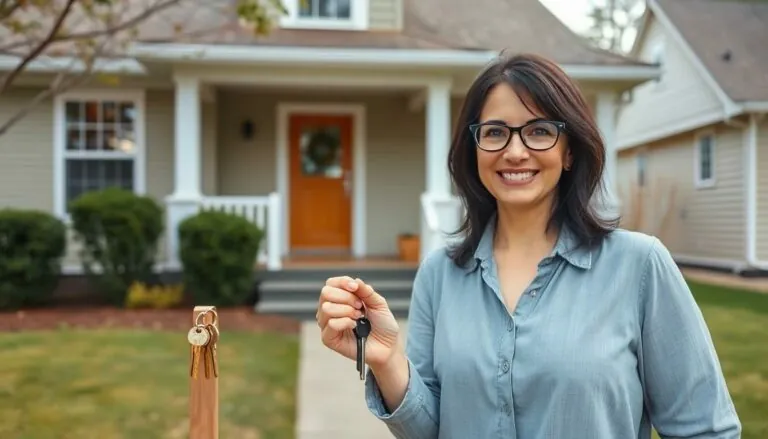Imagine walking into your home and having the lights dim, the thermostat adjust, and your favorite playlist start playing—all without lifting a finger. Sounds like a scene from a sci-fi movie, right? Welcome to the world of home automation, where convenience meets technology. But before you dive headfirst into this futuristic lifestyle, it’s important to consider one crucial factor: cost.
So, how much does home automation really set you back? The answer isn’t as simple as asking for the price of a cup of coffee. From smart bulbs to fully integrated systems, the range can vary wildly. Whether you’re a tech enthusiast or just looking to simplify your life, understanding the investment involved can help you make informed decisions. Buckle up as we explore the dollars and cents behind turning your humble abode into a smart sanctuary.
Table of Contents
ToggleOverview of Home Automation
Home automation encompasses a range of technologies designed to enhance comfort, security, and energy efficiency. Smart devices enable users to control various aspects of their homes remotely or automatically. These devices include smart thermostats, security cameras, and lighting systems that can be programmed or monitored through smartphones.
Cost factors related to home automation often include equipment, installation, and ongoing service fees. Basic systems with fewer devices typically start around $1,000, while comprehensive setups can exceed $10,000. Many consumers opt for DIY solutions to reduce expenses, selecting devices that work well together and can be integrated easily.
Moreover, services such as professional installation may incur additional costs, which vary based on complexity and region. An expert installation can enhance the functionality of a system, ensuring devices communicate effectively. Central hubs that connect multiple devices may help streamline operations, generally costing between $100 and $300.
Long-term savings result from energy-efficient devices, enabling users to optimize utility bills. Statistically, homes equipped with smart thermostats can see savings of up to 10 to 15 percent on heating and cooling. Additionally, homeowners might receive discounts on insurance premiums for using security features.
Overall, the financial investment in home automation reflects both immediate costs and potential future savings. Understanding individual needs assists in identifying suitable solutions, leading to a personalized, efficient smart home experience.
Factors Influencing Home Automation Costs

Multiple factors influence the costs associated with home automation. Understanding these elements helps homeowners make informed decisions about their smart home investments.
System Type
System type significantly affects overall costs. Basic systems often start around $1,000, while advanced setups can exceed $10,000. Smart lighting, security cameras, and smart thermostats fall into various price ranges, depending on their features. Choosing integrated systems that manage multiple functions together may incur higher upfront costs but often yield better long-term functionality. Selecting a system that fits specific needs helps target necessary expenses.
Installation Complexity
Installation complexity plays a crucial role in determining expenses. Basic systems may allow for DIY installation, resulting in lower costs. In contrast, more complex systems could need professional installation, adding fees that typically range from $100 to $300. Complicated setups require specialized skills and tools, increasing labor costs. Ensuring proper installation maximizes system efficiency and longevity, justifying any additional expenses.
Device Quality and Brand
Device quality and brand impact both initial and long-term costs. Higher-quality devices often come with enhanced features and better durability, justifying their premium prices. Reputable brands usually provide warranties and robust customer support, adding value to the investment. Consumers can find a wide range of devices, from budget-friendly options to high-end solutions, aligning with their financial plans. Evaluating brand reliability and product reviews ensures a wise purchasing decision.
Estimated Costs of Home Automation
Understanding the costs of home automation involves examining both initial setup and ongoing maintenance. Accurate budgeting ensures homeowners choose wisely.
Initial Setup Costs
Initial setup costs for home automation vary widely. Basic systems start around $1,000, while more advanced installations can exceed $10,000. Equipment selection significantly influences total expenses. For example, smart thermostats, security cameras, and lighting systems each have different price ranges, often between $50 and $500. Central hubs that link devices typically cost between $100 and $300. DIY installations help reduce costs, but complex configurations usually require professional installation, which adds $100 to $300. Considering device quality also matters; higher-end products tend to offer enhanced functionality and durability.
Ongoing Maintenance Costs
Ongoing maintenance costs represent another key consideration. Monthly subscription services often support security features, averaging $10 to $30. These services may offer cloud storage options for security footage or additional functionality for smart devices. Energy-efficient devices contribute to savings, with smart thermostats saving 10 to 15 percent on energy bills. Homeowners can further reduce costs by utilizing energy-saving features. Additionally, insurance companies may provide discounts for homes equipped with monitored security systems. Evaluating these ongoing expenses is vital for maximizing the benefits of a smart home.
Cost Comparison: DIY vs. Professional Installation
Home automation costs vary significantly between DIY and professional installation. DIY solutions often attract homeowners looking to save money, as initial expenses remain lower. Basic systems, starting around $1,000, allow for gradual upgrades, making them appealing.
Professional installation introduces additional fees. Typically, these costs range from $100 to $300, depending on system complexity. Experienced technicians configure devices and ensure optimal performance, which can save time and reduce future issues.
Smart device prices also influence overall expenses. Many devices cost between $50 and $500 each, depending on brand and features. DIY users need to carefully select compatible devices for cost-effective integration across systems.
Long-term savings play a role in evaluating both options. Smart thermostats lead to energy savings, averaging between 10 to 15 percent on heating and cooling bills. Added security features may also generate insurance discounts, benefiting both DIY and professionally installed systems.
Considering complexities, advanced setups often require professional assistance. While initial costs for these systems may exceed $10,000, the benefits could outweigh the initial investment through increased efficiency and energy savings.
It’s vital to assess both immediate and ongoing costs. Monthly subscription fees for services, such as monitoring, typically range from $10 to $30. Evaluating these factors helps homeowners make informed decisions that maximize their investment in home automation.
Understanding the costs of home automation is crucial for homeowners looking to enhance their living spaces. With a range of options available from basic systems to advanced setups, it’s important to consider both initial and ongoing expenses. Choosing between DIY solutions and professional installation can significantly impact the overall budget.
Investing in quality devices not only improves functionality but can also lead to long-term savings on energy bills and potential insurance discounts. By carefully evaluating needs and preferences, homeowners can make informed decisions that align with their financial goals while enjoying the benefits of a smarter home.





